How sustainable can fashion be? Can it be sustainable at all? 100% sustainable fashion is almost impossible - and yet there are a few things to consider in order to make your own consumption more sustainable.
How sustainable can fashion be? Can it be sustainable at all? 100% sustainable fashion is almost impossible - and yet there are a few things to consider in order to make your own consumption more sustainable.
The clothes we wear, the fashion we consume, are responsible for a tenth of greenhouse gas emissions worldwide. The effects are fueled by fast-moving offers from manufacturers and fashion designers. But consumers also contribute to making "disposable fashion" such a big problem.
The enormous range of clothing, some of which is very cheap, tempts consumers to have an overflowing closet - full of items that are rarely worn, sometimes not at all. Even teenagers, spurred on by fashion influencers, are succumbing to the shopping frenzy in the branches of the big chains. This makes it difficult to reject the business model and think about the effects of fast fashion.
The fashion industry is responsible for around 10% of globalCO2 emissions and almost 20% of waste water. The industry's energy consumption is higher than for aviation and shipping combined!
Long supply chains, enormous consumption of resources
This is because the clothes we wear come to us via very complex and long supply chains, from the production of the materials to the processing and sale. And even when we dispose of them or retailers get rid of yesterday's trends, items of clothing travel long distances again.
To illustrate the consequences of this, consider that one kilo of cotton is needed for a single pair of jeans. This one kilo requires between 7,500 and 10,000 liters of water. That is equivalent to a person's drinking water requirements for around 10 years! Then there are the dyeing and bleaching processes.
Certified articles and BioCouture
Consumers don't have to give up their jeans completely, but a glance at the label can help. Certified products that comply with the Global Organic Textile Standard (GOTS) are still not perfect, but they help customers to choose less harmful products.
Synthetic garments are even more problematic than cotton. Two thirds of the clothes we wear contain polyester. In addition, around 70 million (!) barrels of oil are consumed every year.
However, the popular, easy-care material is also durable - so durable that microfibers and microplastics are released not only when the material is recycled, but also with every wash.
In the meantime, innovative companies have taken up the issue and are offering "BioCouture". Consumers also want fashion made from natural materials that are less harmful to the environment. And there are now also less harmful processes for processing and dyeing.
Consumers can do a lot themselves!
But customers also have a responsibility. After all, we can control the way we shop and consume fashion ourselves. The behaviors that consumers can influence include:
- Buy more consciously online - and return less
- Buy fewer products overall, but of better quality
- Wear the clothes you buy longer and more often
- Incorporate second-hand fashion into your own wardrobe
Shopping less and more quality-consciously leads to a change in the way we deal with our own clothes and to reflection on the mechanisms of consumer society that make "fast fashion" an addictive factor. Freeing yourself from impulsive purchases, whether as a "reward" or as status symbols, is good for your soul and your wallet - and not least for the environment.
Wash less, throw away less
Changing the way you use your washing machine also lowers thecarbon footprint of your own wardrobe, reduces water consumption and microplastic emissions. It is often enough to air worn clothes thoroughly, for example on a hanger in the balcony, to be able to wear them again or even twice. If you have the opportunity to hang your laundry out to dry and thus avoid using the tumble dryer, you are already doing something good.
And when it comes to discarding items of clothing, many things can also be given a second life - on the one hand by mending them and wearing them for longer, and on the other hand by passing them on either for recycling or to institutions that collect second-hand clothing for charitable purposes.
The necessary changes in favor of the planet and nature must of course be implemented by the big names in the fashion industry. But consumers certainly have the opportunity to initiate these changes - with their own behavior.
NIKIN has pursued the goal of fair and sustainable fashion as an affordable alternative to fast fashion from the very beginning. Most of our products now come from guaranteed fair and sustainable production in Europe. Wherever possible, we work with more sustainable alternatives and never let up in our search for suitable producers, although this search is always very time-consuming. We have been able to convince many of our producers to introduce more sustainable production and materials. Our textile products are largely made from "sustainable organic cotton" and other sustainable materials such as recycled PET material or recycled cotton fibers.
Hand on heart, of course we are not perfect either. But we want to raise awareness and show that there is another way. We want to serve as a role model and encourage people to shop more consciously. Quality always comes before quantity.





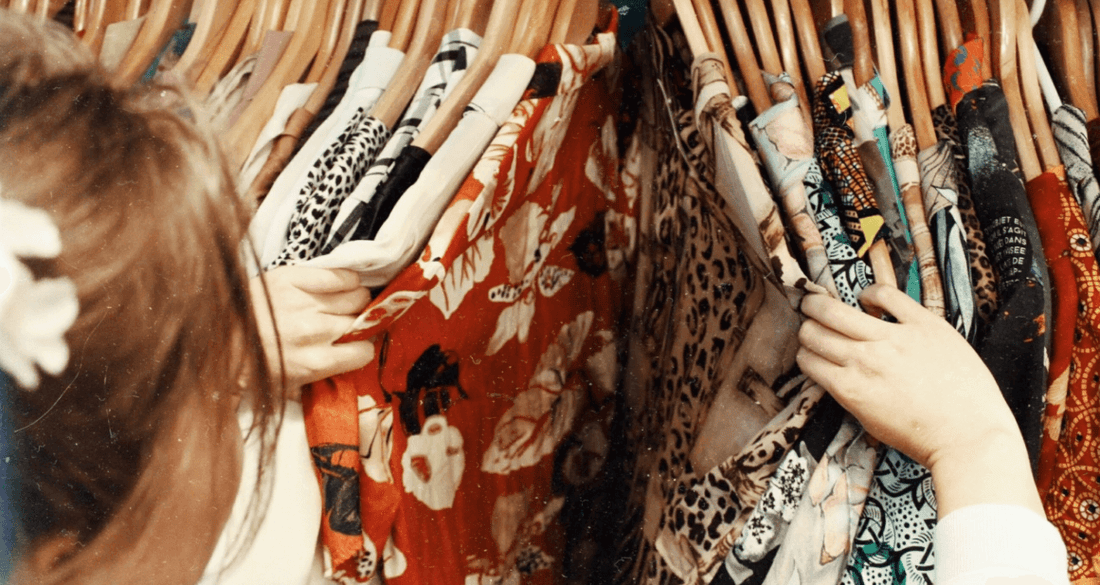




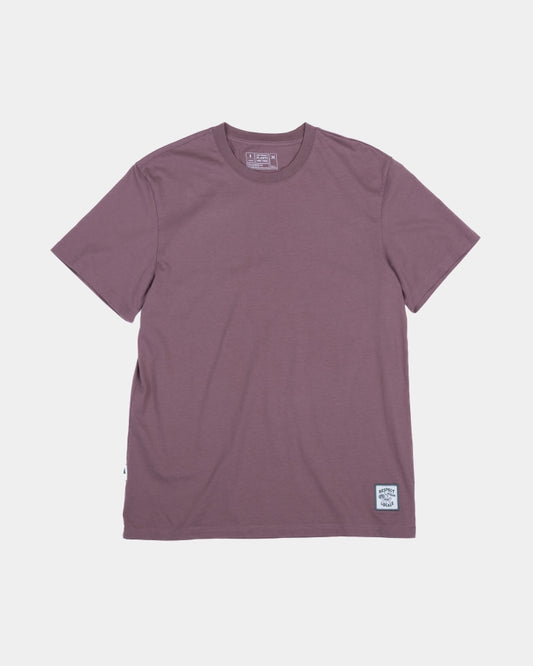

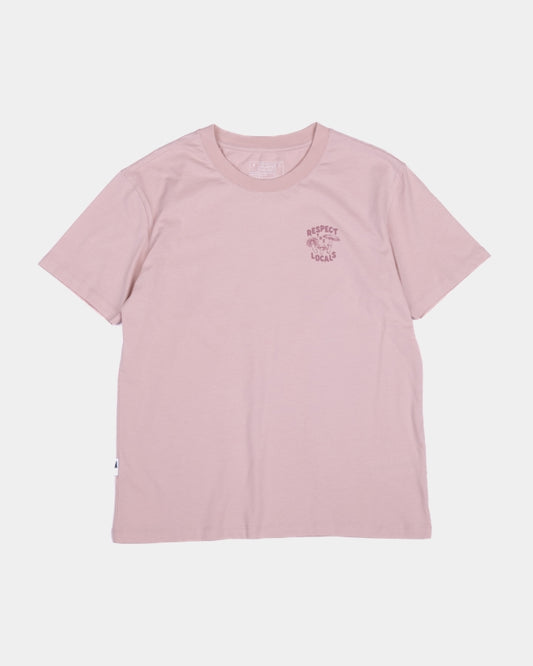
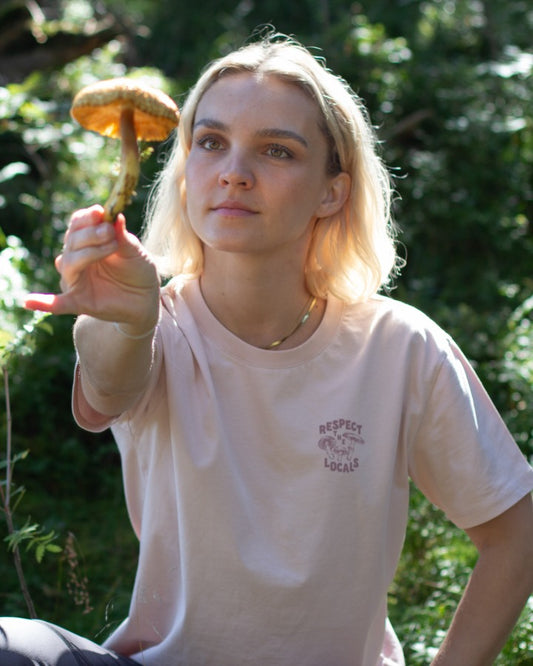




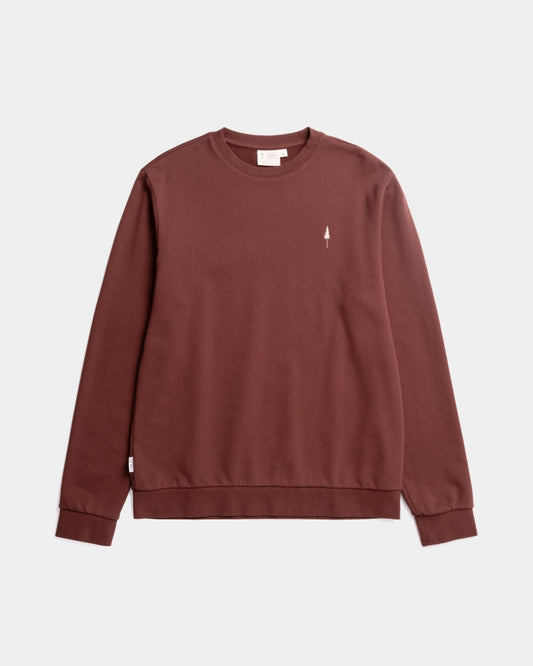
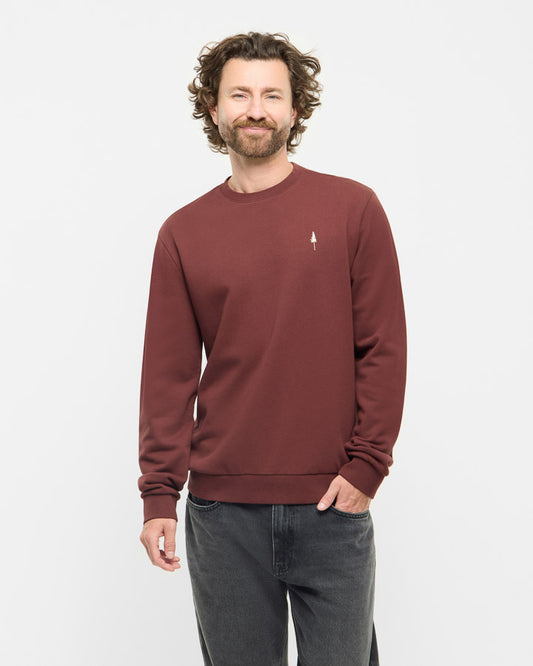
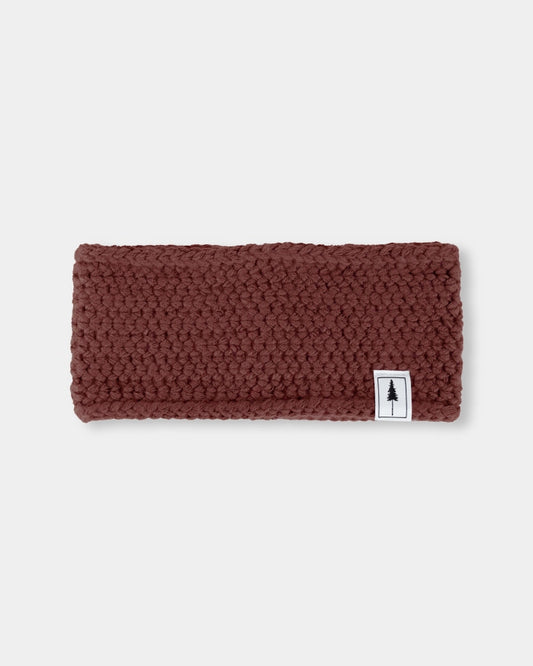
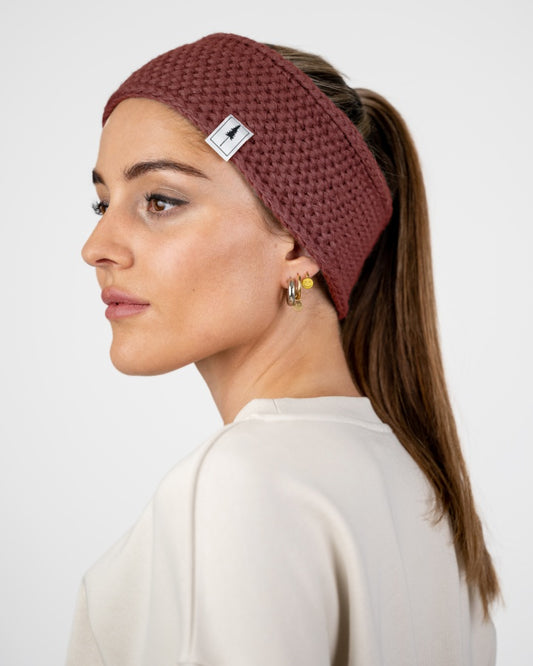
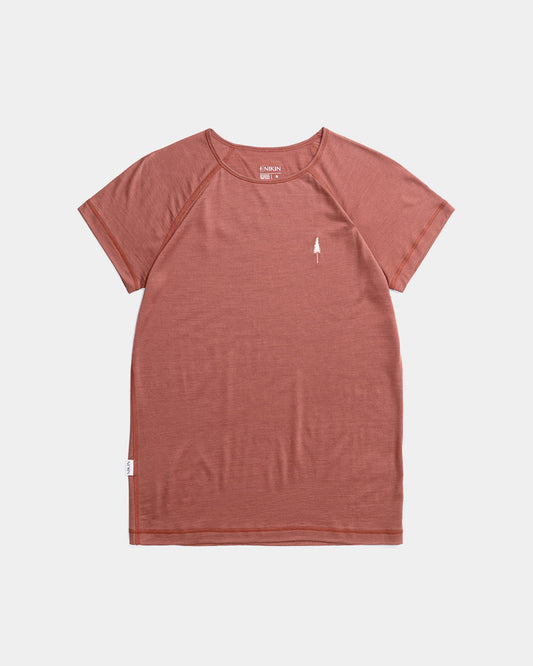

1 comment